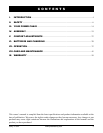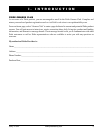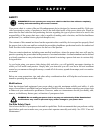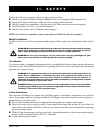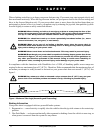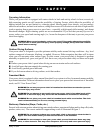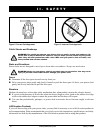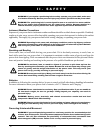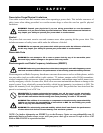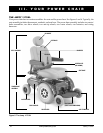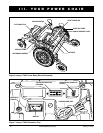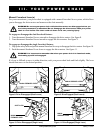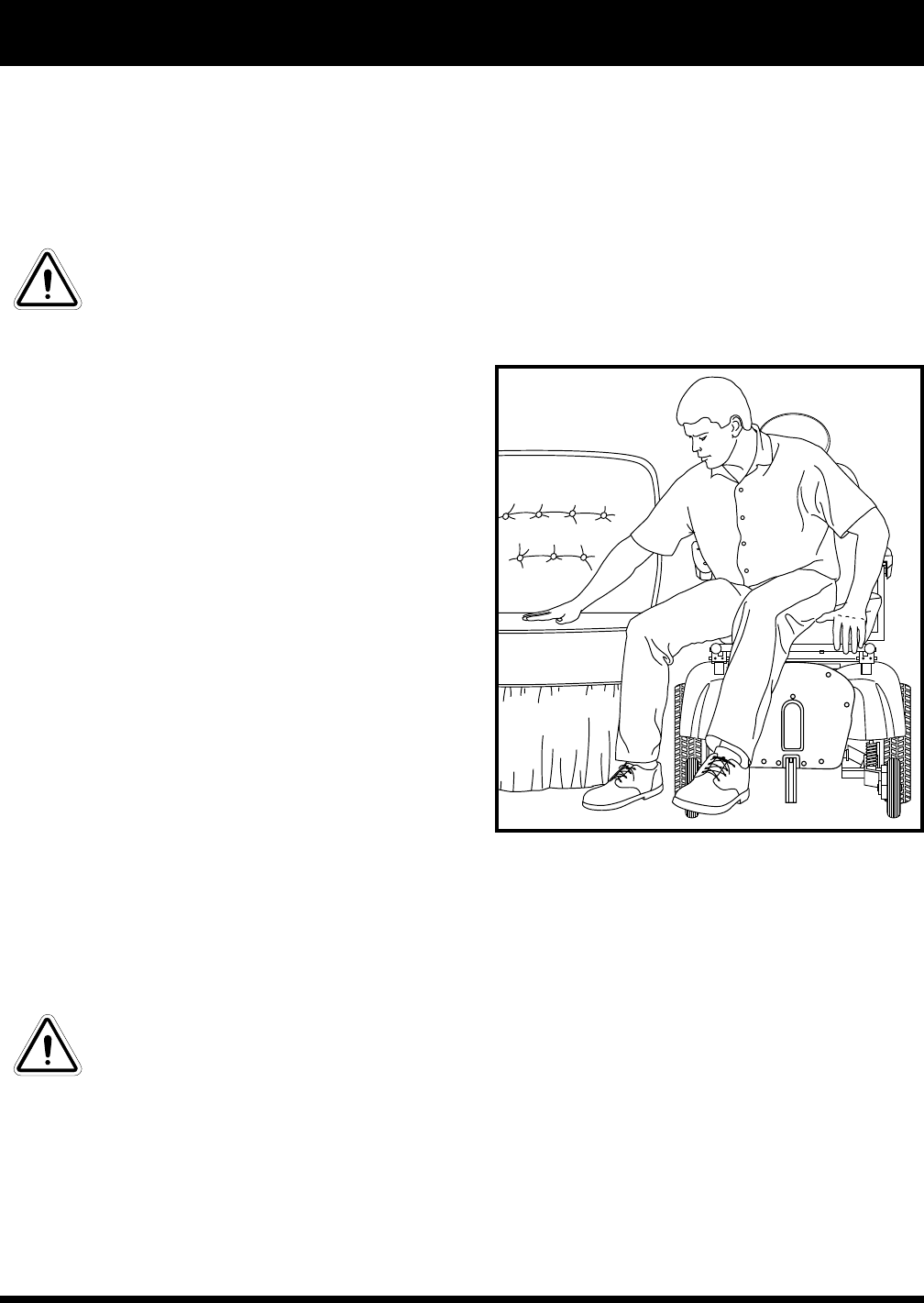
Jazzy 1170XL www.pridemobility.com 11
Motor Vehicle Transport
Currently, there are no standards approved for tie-down systems in a moving vehicle of any type to trans-
port a person while seated in a power chair.
WARNING! Do not sit on your power chair while it is in a moving vehicle. Personal injury
and/or property damage may result.
WARNING! Always be sure your power chair and its batteries are properly secured when
it is being transported. Failure to do so may result in personal injury and/or damage to
your power chair.
II. SAFETY
Figure 4. Ideal Transfer Position
Transfers
Transferring onto and off of your power chair requires
a good sense of balance. Always have an attendant or
healthcare professional present while learning to prop-
erly transfer yourself.
To eliminate the possibility of injury, Pride recom-
mends that you or a trained attendant perform the fol-
lowing tasks before attempting a transfer:
n Turn off the power to the controller. See VII.
Operation.
n Ensure your power chair is not in freewheel mode.
See III. Your Power Chair.
n Turn both caster wheels toward the transfer desti-
nation to improve power chair stability during
transfer.
n Make sure both armrests are flipped up or removed
from your power chair.
n Flip the footrest up, or move the leg rests aside;
this will help to keep your feet from getting caught
on the foot rigging during the transfer.
n Reduce the distance between your power chair and the object you are transferring onto.
WARNING! Before transferring, position yourself as far back as possible in the power
chair seat to prevent the power chair from tipping forward during transfer and causing
injury.
WARNING! Avoid using your armrests for weight bearing purposes. Such use may cause
the power chair to tip and cause personal injury.
WARNING! Avoid putting all of your weight on the foot rigging. Such use may cause the
power chair to tip and cause personal injury.
Positioning Belts
Your authorized Pride Provider, therapist(s), and other healthcare professionals are responsible for deter-
mining your requirement for a positioning belt in order to operate your power chair safely.



